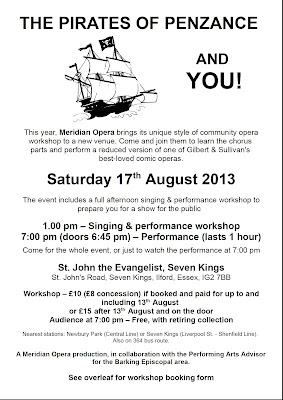I've been re-watching Robert Hughes' Antoni Gaudi: God's Architect, from his Visions of Space series, in which he examines the legend of Antoni Gaudi, whose buildings have left an indelible mark on the city of Barcelona. Despite his austerely religious lifestyle, Gaudi's innovative genius created some of the most soulful and expressive buildings ever seen.
Hughes noted that the country round Tarragona, where Gaudi grew up, is archetypally Mediterranean, hard stony country where almond trees and olives flourish in the unforgiving soil:
'Growing up there, Gaudí developed a passionate curiosity about its plants, animals and geology. Nature, he said later, was "The Great Book, always open, that we should force ourselves to read". Everything structural or ornamental that an architect might imagine was already prefigured in natural form, in limestone grottoes or dry bones, in a beetle's shining wing case or the thrust of an ancient olive trunk.
He never ceased to draw on nature. Each paving-block of Passeig de Gracia features a starfish and an octopus, originally designed for the Casa Batlló. Turtles and tortoises support the columns of the Nativity facade of the Sagrada Familia, which also has 30 different species of stone plant copied from the vegetation of Catalunya and the Holy Land. Mushrooms become domes, or columns of the Casa Calvet. Gaudí was particularly fond of mushrooms. Most Catalans are, yet Gaudí not only perceived in them a possible origin of the column and capital, but also used a fong, a poisonous amanita mushroom, for one of the ceramic entrance domes of the Parc Güell. The columns of his masterpiece the Güell Crypt are a grove of brick trunks, sending out branches - the ribbed vaults - that lace into one another.'
Similarly, Stephen Crittenden writes:
'"NOTHING IN the world has been invented," Gaudí once said. "The act of inventing consists in seeing what God has placed before the eyes of all humanity." In a small room in the Sagrada Familia's cloister, a permanent exhibition, Gaudí & Natura, offers a key to interpreting all this wonder by revealing the building's "deep structure."
The exhibition's curator, Jordi Cussó i Anglès, was for 50 years the head model-maker in the Sagrada Familia workshop. A naturalist who played a leading role in researching and restoring Gaudí's smashed plaster models, using superb graphics he shows how it was from Gaudí's intense study of the natural world, and especially the plants of his native Catalunya, that the architect distilled the complex geometrical shapes — paraboloids, hyperboloids and conoids — that he used in the church. The cone of the Mediterranean cypress becomes the distinctive five-armed cross Gaudí uses on top of many of his spires. Seashells inspire spiraling stairwells. An undulating rooftop imitates the curved surface of a leaf. The slender branching columns of the Sagrada Familia's nave imitate the cross-sections of tree-trunks and the patterns of plant growth.'
While Hughes considered that the Sagrada Familia (or, to give its full name, the Expiatory Temple of the Holy Family) is beyond rival the best-known structure in Catalonia and 'is to Barcelona what the Eiffel Tower is to Paris or the Harbour Bridge to Sydney: a completely irreplaceable logo,' it was the Church of Colònia Güell that he considered to be Gaudi's true masterpiece. Gaudi 'started thinking about the design in 1898. The first stones were laid in 1908. Eusebi Güell died in 1918. By then, the crypt was almost finished, but there was not much above ground. What we have now is only a fragment of a dream. And yet its logic of construction, its sheer blazing inventiveness, removes it from the domain of fantasy and creates one of the world's most sublime architectural spaces.'
--------------------------------------------------------------------------------------------
Barcelona - Come Back When You Can.



























.jpg)





















